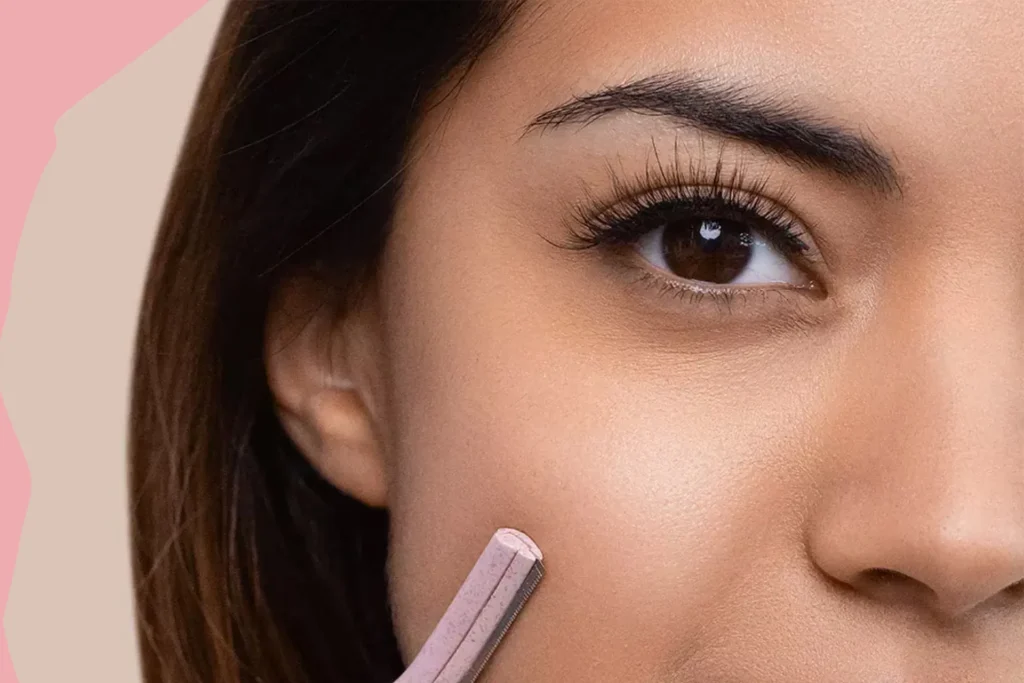How to Derma plane at Home for Smoother Skin
Derma plane at home offers a convenient and effective way to exfoliate the skin by removing dead cells and fine facial hairs, commonly called peach fuzz, leaving the complexion smoother, brighter, and more radiant. This at-home exfoliation technique helps improve skin texture, enhances the absorption of skincare products, and provides a flawless base for makeup application. While professional derma planning by a dermatologist or licensed esthetician delivers deeper results, learning to derma plane at home allows individuals to maintain their skin regularly in a safe and cost-effective manner. With proper tools, technique, and aftercare, derma planning at home can yield impressive results for most skin types.
What Derma planning Does for Your Skin
The process of derma planning involves gently scraping the surface of the skin with a small, sterile blade to remove dead cells and tiny hairs. This helps the skin appear more radiant and smooth while preventing clogged pores and buildup that can lead to dullness or breakouts. In addition to cosmetic benefits, derma planning stimulates blood flow and encourages skin renewal, supporting overall skin health. Regular exfoliation through derma planning can also temporarily promote collagen production, which may help maintain skin elasticity and reduce the appearance of fine lines.

Preparing Your Skin for Derma planning
Before beginning dermaplaning, it is essential to prepare the skin properly. Cleansing the face thoroughly to remove dirt, oil, and makeup ensures that the blade glides smoothly over the skin without irritation. Some experts recommend double cleansing for individuals who use heavy makeup or sunscreen. The skin should be lightly damp, not wet, which allows the dermaplaning tool to work efficiently while reducing the risk of nicks or cuts. Preparing the skin correctly is a crucial step in achieving the best results and minimizing potential side effects.
Choosing the Right Derma planning Tools
At-home derma planning requires the use of specialized tools designed for facial use. Standard razors or body shavers are not suitable, as they can cause cuts, irritation, or uneven exfoliation. Look for ergonomic derma planning tools made from surgical-grade stainless steel, which offer precision and hygiene. Some at-home kits include replaceable blades and safety guards, which are especially useful for beginners. Using a high-quality derma planning tool ensures a safer, more effective exfoliation experience.
Step-by-Step Derma planning Technique
To derma plane safely, wash your hands thoroughly before touching the face. Pull the skin taut with one hand and hold the derma planning tool at a 45-degree angle with the other. Using short, gentle downward strokes, work in small sections of the face. Begin with areas such as the jawline, then move to the cheeks, chin, and upper lip, saving areas with coarser hair, like near the eyebrows, for last. The neck can also be derma planed, though it is more sensitive, so performing a small patch test first is recommended. Applying light pressure is sufficient to remove dead skin cells and peach fuzz without causing damage.
Post-Derma plane Skincare
After derma planning, it is important to soothe and protect the skin. Hydrating serums or moisturizers help calm any redness or sensitivity. Some skincare professionals recommend using hypochlorous acid sprays, which can reduce bacteria and prevent irritation. Harsh ingredients, such as retinol, benzoyl peroxide, or additional chemical exfoliants, should be avoided for at least 24 to 48 hours to prevent redness or discomfort. Proper post-derma plane care ensures that the skin remains healthy and maintains the benefits of exfoliation.
Safety Precautions
Although derma planning is generally safe, individuals with certain skin conditions should exercise caution. Avoid derma planning if there are active acne lesions, open wounds, eczema, or other compromised skin barriers. People with sensitive skin, rosacea, or thin areas of skin should proceed carefully to avoid irritation. Maintaining clean tools, working in a well-lit area, and applying only light pressure are essential for preventing injury. Derma plane at home Consulting a dermatologist is recommended if there are any concerns or pre-existing skin conditions.
Frequency and Maintenance
At-home derma planning is typically recommended once every three to four weeks to prevent over-exfoliation. Overdoing the procedure can lead to irritation or broken capillaries, so it is important to tailor the frequency based on individual skin tolerance. Incorporating derma planning into a broader skincare routine that includes moisturizing, sun protection, and gentle cleansing can maximize the benefits and maintain smooth, healthy skin.

Long-Term Benefits of Derma planning
Regular derma planning not only improves the appearance of the skin but also supports its overall health. By removing dead skin cells, the skin can breathe and regenerate more effectively. Makeup application becomes smoother, and the skin may appear more youthful and radiant over time. Additionally, consistent exfoliation helps reduce dullness, minimizes fine lines, and can even improve the efficacy of anti-aging or hydrating products. https://onlinelibrary.wiley.com/journal/13654632
When to Seek Professional Guidance
While at-home derma planning is effective for many, professional guidance may be necessary for individuals with complex skin concerns. Those with severe acne, chronic eczema, rosacea, or very delicate skin may benefit from clinic-based derma planning, which uses surgical-grade tools and precise techniques. Dermatologists can also recommend suitable post-treatment products and alternative exfoliation methods tailored to specific skin needs.
Conclusion
Derma planning at home offers a convenient, cost-effective way to achieve smoother, brighter skin. With proper preparation, the right tools, and careful technique, it is possible to safely remove dead skin cells and fine facial hairs, improving texture, radiance, and skincare absorption. Following post-treatment care and observing safety precautions ensures long-lasting results and healthy skin. Derma plane at home By integrating derma planning into a regular skincare routine, individuals can maintain a youthful, glowing complexion while minimizing irritation or damage.




